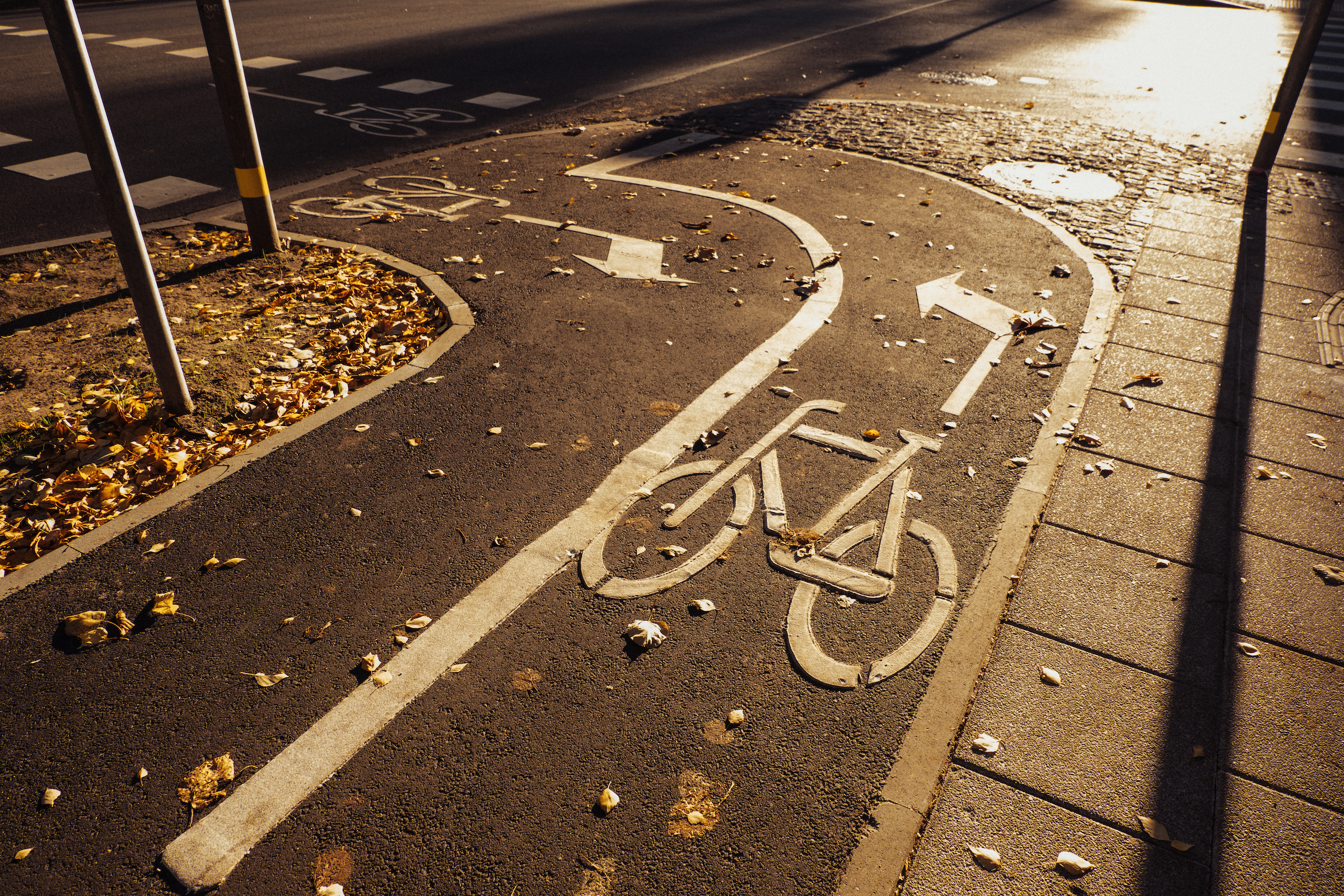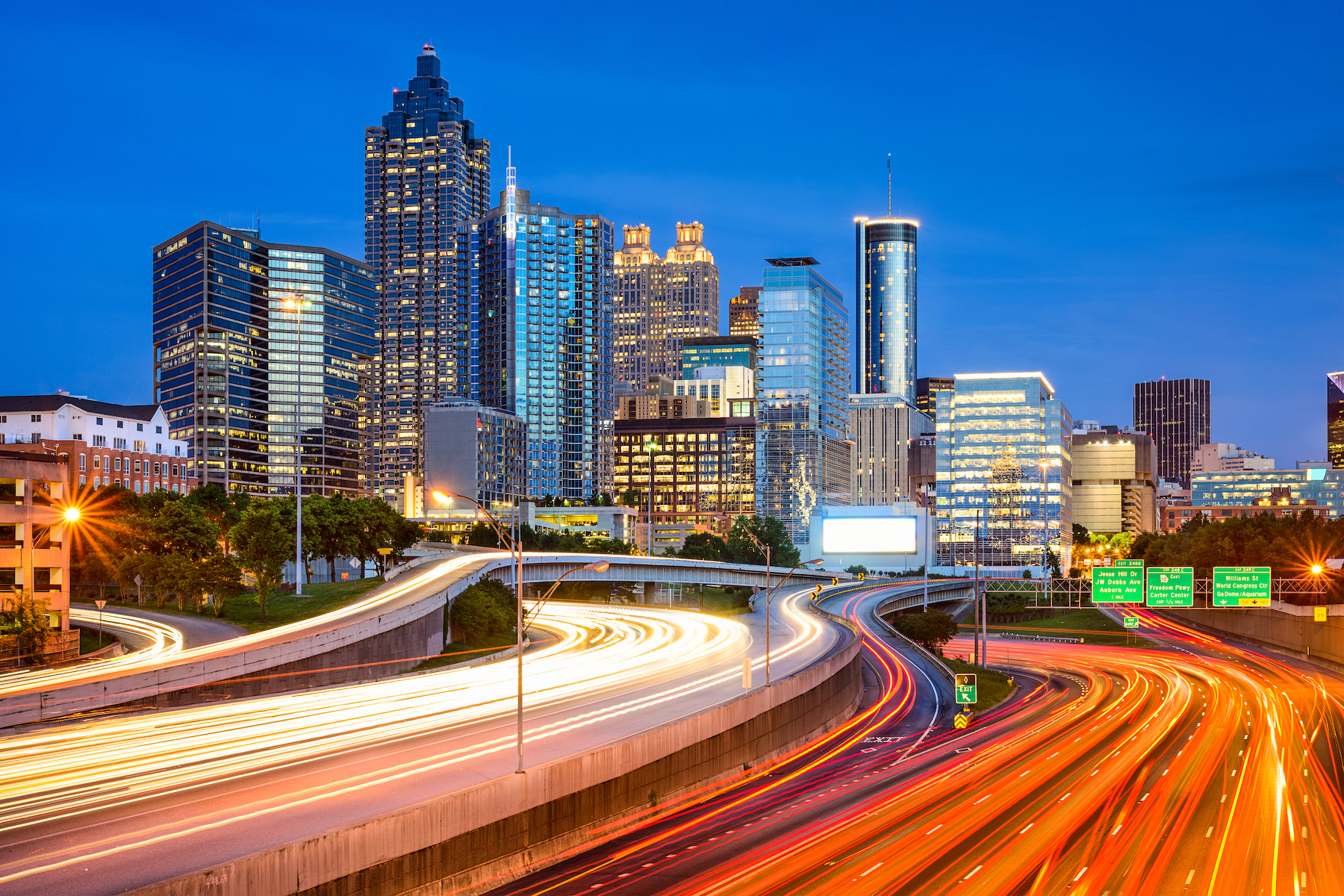
Detroit was once a byword for urban decay – but ITS America recently held its annual meeting there. This gave David Arminas a chance to assess how fast Motor City is moving down the road to recovery
Motor City, as Detroit is still called, was on its financial knees only five short years ago. The future looked bleak as the city and greater urban area bled jobs and population.
It was on 18 July 2013 that Motown, as Detroit is also known, filed for Chapter 9 bankruptcy protection, the largest municipal bankruptcy filing by debt in US history, estimated at between $18-20 billion, according to a New York Times newspaper report at the time. The population of Detroit – “the cradle of America’s automobile industry and once the nation’s fourth most populous city” - had declined from a peak of 1.8 million in 1950 to around “700,000 people, as well as to tens of thousands of abandoned buildings, vacant lots and unlit streets”, noted the paper.
Detroit is changing, and fast. Ask people on the streets of central Detroit and they will say the place is much, much better than it was five to 10 years ago. But they also acknowledge that there is much work ahead to make the city liveable, including boosting work opportunities for its residents. Ask them, also, about how easy it is to get around both for work and pleasure and there is equally a lot of work to be done.
However, there is an air of optimism that it can, and will, get better.
Dark past
On the surface, the downtown core of Detroit appears to wear its dark recent past lightly. Streets are squeaky clean, as are the buildings, many of them art deco. People crowd restaurants, parks and outdoor cafés. They stroll and cycle along the several kilometres of the Detroit River esplanade that has expansive views across the water to the US city’s smaller Canadian cousin, Windsor.
The moniker Motown will remain because of Detroit’s continuing connection with the big three large US car makers –
Many of the sector’s great and the good gathered at the ITS 27th Annual Meeting and Exhibition in Detroit in early June, where General Motors set the tone for future passenger car development in North America. The company will soon introduce vehicle-to-everything (V2X) communication and will extend its Super Cruise system - a semi-autonomous, hands-free driver assistance feature - throughout its entire Cadillac range starting in 2020. Super Cruise is currently available on the 2018 CT6 model, said Mark Reuss, GM executive vice president, global product development and supply chain.
GM plans to offer V2X communications in a “high-volume crossover” model by 2023 and will expand that technology across the entire Cadillac portfolio. “When cars can talk to the infrastructure, the benefits will be even greater. We’ll save lives, we’ll save time and we’ll save money – but most importantly, we’ll save lives,” he said. “If we work together we can bring the future a little bit closer to the now. It’s up to us – there’s no-one else coming – so let’s get it done.”
Forming alliances
The automotive sector, Michigan itself and in particular Detroit are taking Reuss’s co-operation theme to heart. Traditional vehicle manufacturers, little-known technology start-ups and the public sector are forming alliances and testing concepts in the state and the streets of Motown Mark II.
Kirk Steudle, director of the
At the end of May, MDoT, PlanetM and several state agencies announced the $8 million Michigan Mobility Challenge. The money will support urban and rural projects specifically to improve mobility choices for elderly people, the disabled and veterans of the military.
At the beginning of the year, Amazon announced its shortlist of major cities under consideration for the company’s second HQ after Seattle. Detroit and Windsor spent six weeks putting together a proposal of tax breaks and subsidies to attract what could have been a $5 billion investment and 50,000 high-paying jobs. They were not successful: Crain’s, a Detroit business publication, reported that Sandy Baruah, chief executive of the Detroit Regional Chamber, believed Amazon was concerned about the region’s mass transportation system and its ability to attract talent in a sustainable long-term way.
But Baruah remained optimistic: “This process has demonstrated that we can effectively work as a region on big things. Never has there been such a regional collaboration on economic development, which is what our organisation has been pushing for the past seven years.”
The creation of the Detroit Mobility Innovation Initiative was not likely a direct result of missing out on a chance to attract a major employer to Detroit – but it may be a shot across the bows of urban transport planners and officials to focus more. MDoT chief Steudle has said that the initiative is based on “100 hours of interviews with Detroiters that identified four key areas of need, including neighbourhood mobility, downtown accessibility, traffic safety and electric vehicle use and education”.
The initiative should increase access to public transit for residents headed to work or health services, improve traffic congestion and parking, make roads safer for all travel modes and boost the use of electric vehicles.
“Mobility solutions must be developed for the people that will be using them,” wrote Steudle.
People’s needs first
Mark de la Vergne, chief of mobility innovation for Detroit City, reiterated this during an interview with ITS International in Detroit. After graduating in traffic engineering from the University of Pennsylvania, he became interested in city infrastructure design and strategies around 2007. He worked in Chicago until 18 months ago when he moved back to his home town – a move he hadn’t expected.
His role, he says, was one of the first such jobs created in a large US city. De la Vergne doesn’t drive to work but busses it and sometimes rides a MoGo bicycle, set up last year by the private Canadian company PBSC Urban Solutions (formerly Public Bike Systems Company). PBSC has 60,000 bicycles operating across the US and Canada as well as Mexico, Australia, Brazil and even Iceland and Northern Cyprus.
“We take the bus to meetings to see what our customers see and experience the frictions that they experience,” de la Vergne explains. “I will never experience what a single mom does who drops her kids off at school and then goes to a job in the suburbs. But if I can talk to people about their experiences, this can help inform how we think through mobility improvements.”
He notes that Detroit has the highest car insurance of any US city - “there isn’t even a close second” - which hurts car drivers in the suburbs who need a car to get to work.
For the national midterm elections coming in November, Detroit is asking to raise property taxes to boost the budget for improving transit services in the city and suburbs. Under consideration will be more bus services and reliable connections between the city and suburban lines that are not under the city’s control. Another possibility is construction of a 70km commuter rail line between Ann Arbor and Detroit.
But it will mean thinking out of the box. Other improvements could be passenger van services for elderly people wanting to get to church or go shopping, or even free
Transport options
These changes can’t happen fast enough for Seana Page, director of resident services for the Detroit Housing Commission. The public organisation provides around 4,000 safe affordable housing units for low- and moderate-income families.
Page, who is from New York, says she misses not having transport options - she never owned a car there. She praised MoGo, but pointed out that it is mostly used in the city centre where more and more young people choose to live – the ones who can afford bicycle renting . It is good, though, for attracting these younger people to Detroit. “The trick is to expand it to the suburbs, the neighbourhoods, so people there can use it to get to work in those areas,” she says.
“People want to get safely to work, take kids to day-care and visit the grocery store. For the 3,000 to 7,000 people I serve, there is no option. Car insurance is too expensive so they’re not driving. They have to take a lot of buses. The result is that many people are stuck in the villages [neighbourhoods] in which they live.”
It will take some innovative thinking, she explains, to expand Uber to areas of Detroit where many drivers are not keen to go for safety reasons - but also because they aren’t called there as frequently as to wealthier areas.
Many people in those areas don’t have smart phones, nor do they have credit cards – both essential for Uber use.
‘Not a laboratory’
A year ago, Detroit opened the 5.3km QLine. It runs solely down Woodward Avenue, which is a good idea as far as it goes – literally - says Page. The QLine connects the downtown elevated 5km circular-route Detroit People Mover to the Amtrak railway station in New Center and the proposed Ann Arbor–Detroit Regional Rail system.
Ideally, more lines radiating from the QLine could reach the suburbs, says Page. Also, a bus service could be scheduled to meet the street car at particular stations. “That co-ordination is not a money conversation. It is simply a contractual agreement between local counties around the city of Detroit,” says Page.
De la Vergne, too, acknowledges the need for seamless public transport among several bus providers around Detroit. The city also has wide streets and appears to be ideal as an experimental testing ground for mobility technology companies.
“My job is to integrate new mobility technology, but do it in a way that we solve an actual problem,” de la Vergne points out. “We don’t view our streets as a laboratory. We are more interested in understanding the needs of our residents and how this technology can help them get around. We need to understand the fears and issues Detroiters might have with autonomous vehicles before they are deployed as a solution. Also, once we start using them, we will need to better understand what we can do with them instead of just getting people from A to B.”
Tight control
Kevin Smith, senior advisor of mobility for the Detroit Economic Growth Corporation, understands the fear that some residents may have concerning autonomous cars roaming the streets.
“A lot of road testing on public roads has been very defined,” he says. “In downtown Detroit, an employer shuttled his employees between various parking areas. It was tightly controlled geographically. Similarly, the large tier one suppliers
The successful 480km cross-border trip started in Detroit, across the river to Windsor in the Canadian province of Ontario, up to Sarnia and back into the US across the Point Edward Bridge in Port Huron. Smith sees more of this happening. “What came out of that test was a memorandum of understanding between Michigan and Ontario for working together on next-generation mobility solutions.”
For Detroit-born Smith, success is attracting as many start-ups to the city as possible. While it was a management consultancy job that brought him back, it was a “more personal” move for him, wanting to be back in his home town and get the city moving again, he explains. “I feel passionate about Detroit. When work and personal goals blend together, that’s very nice.”
Derq and FLIR at intersection












